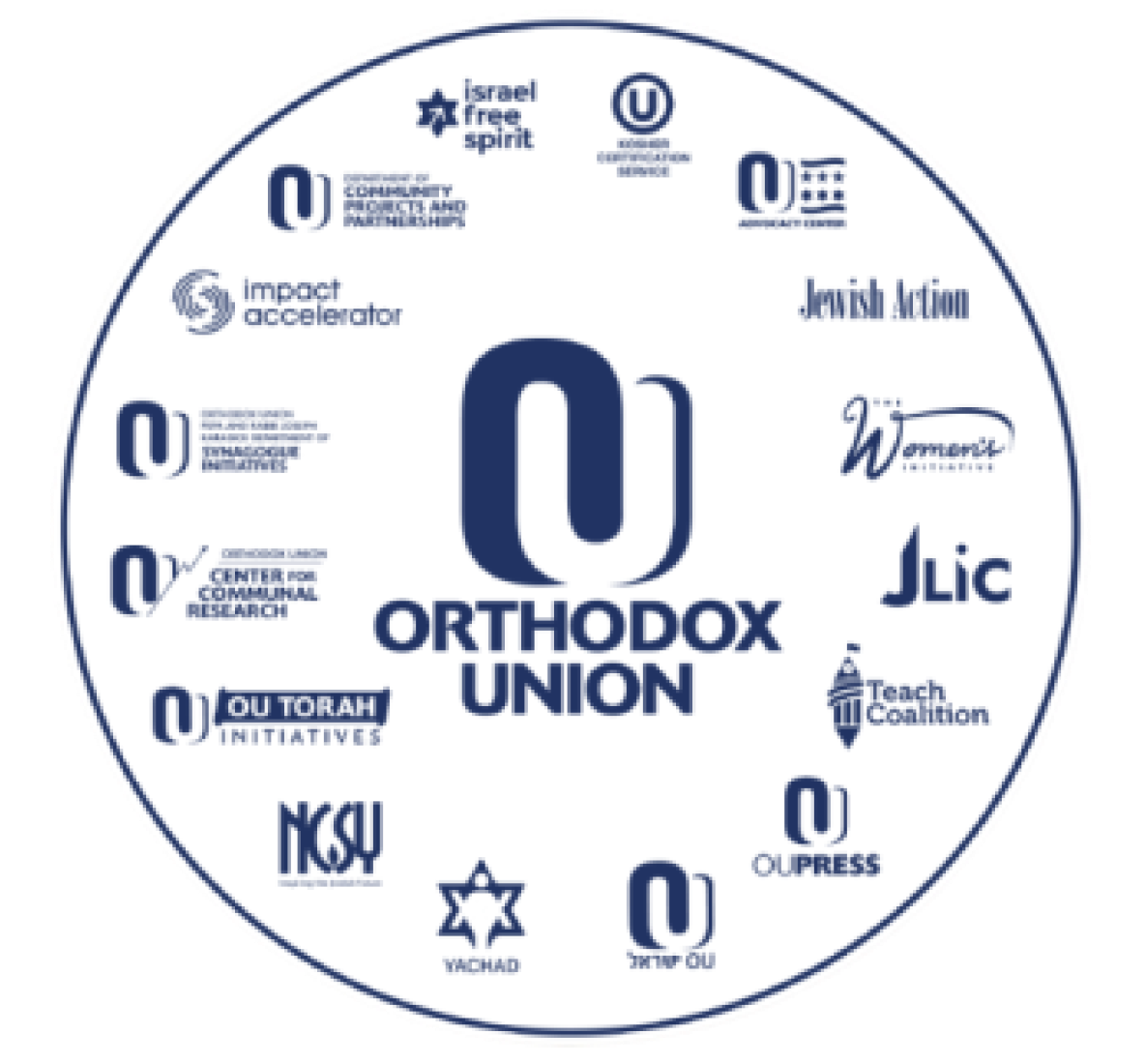
Selichot Sichot: An Introduction
Judaism is a blueprint for the relationship between us and God. Selichot & reciting the 13 middot are a recipe for mending that relationship
Sep 7, 2007
By Rabbi Eliyahu W. Ferrel
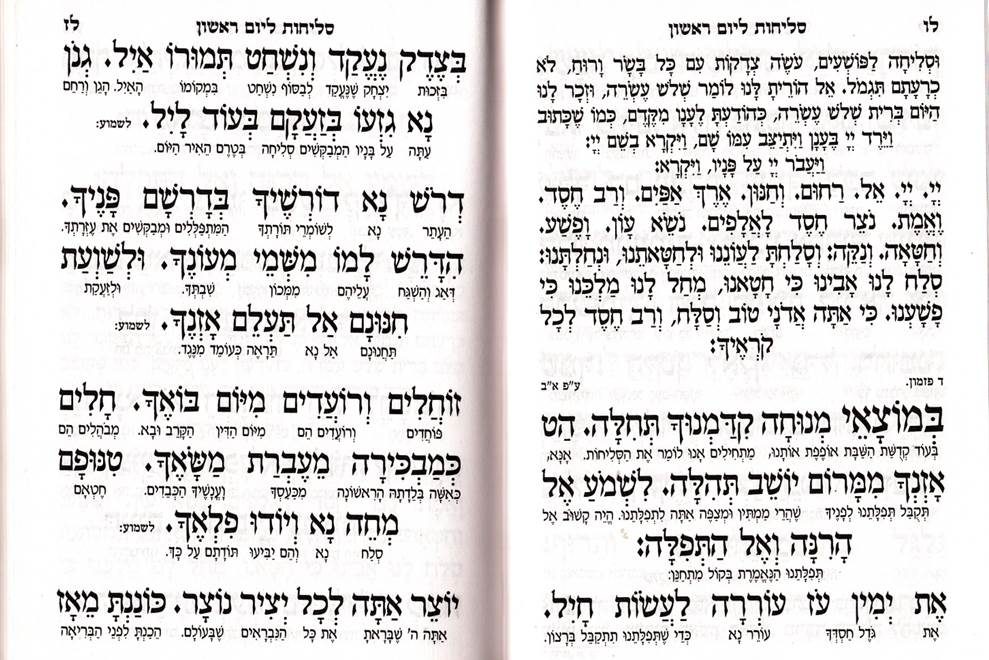
Selichos Sichos: Day I
Background to selichot, codification by Rav Amram Gaon, when we begin, and an explanation of the 13 attributes of mercy, and selichot for the 1st day.
Sep 7, 2007
By Rabbi Leonard Steinberg
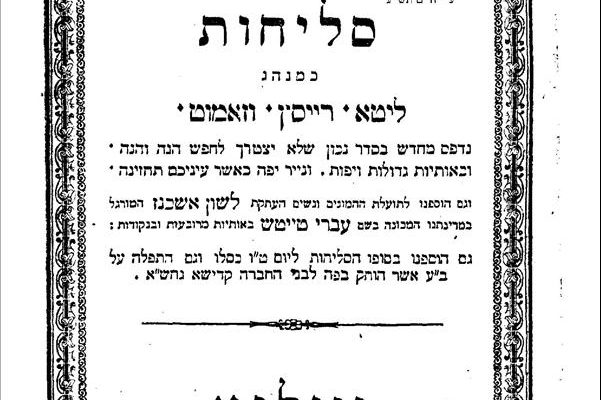
Selichot Sichot: Day II
A discussion of the structure of selichot. Selichot are modeled after Mincha, the afternoon prayer. They are introduced & highlighted by the 13 attributes of mercy.
Sep 7, 2007
By Rabbi Yosef Goldberg
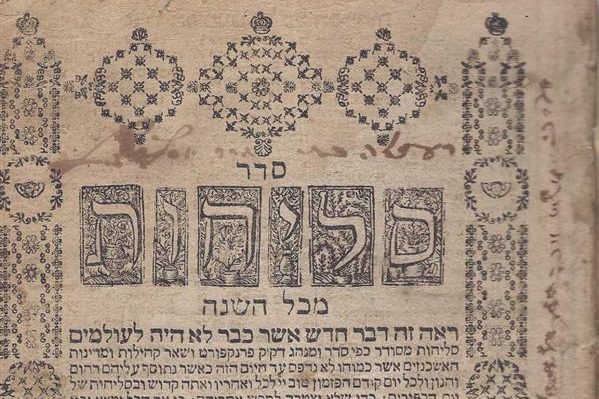
Selichos Sichos: Day III
Selichos Sichos:Day III – presented by Rabbi David Polsky. We plead God using the husband-wife motif & ask for protection. We then use a vineyard motif. After that the paytan asks...
Sep 7, 2007
By Rabbi David Polsky

Selichos Sichos: Erev Rosh HaShanah
Selichos Sichos: Erev Rosh HaShanah – presented by Rabbi Yosef Goldberg In selichot for Erev Rosh Hashanah we ask God not to enter into strict judgment with us because we can’t...
Sep 7, 2007
By Rabbi Yosef Goldberg
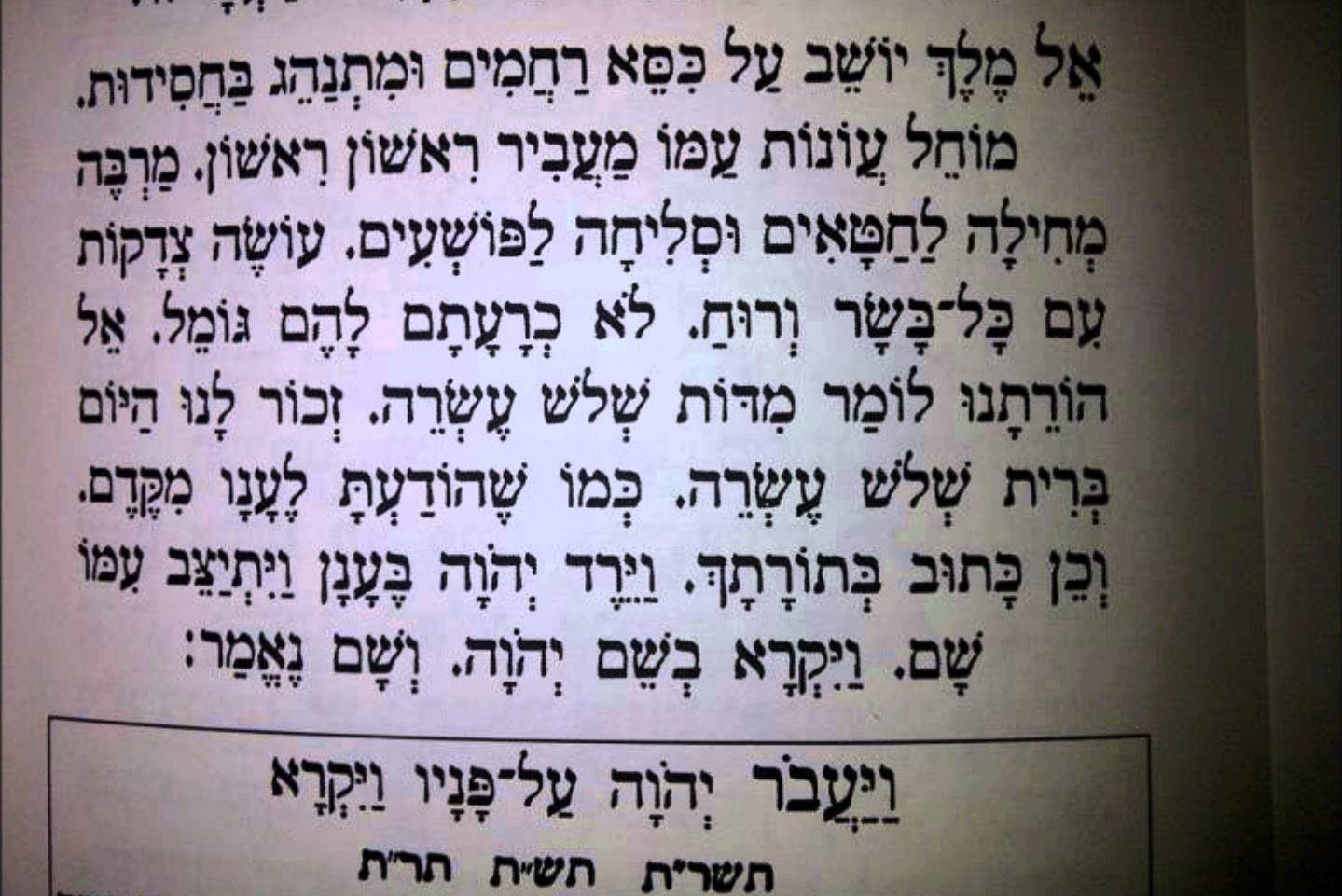
Selichos Sichos: Day V
Selichot Sichot: Day V – presented by Rabbi David Polsky In selichot we admit that we have sinned, acknowledge God’s power, and ask God to forgive us.
Sep 7, 2007
By Rabbi David Polsky
Discover More
- Asarah B'Tevet
- Birchat HaChama
- Chanukah
- Elul
- Fast of Esther
- Fast of Shiva Asar B'Tammuz
- Fast of Tisha B'Av
- Four Shabbatot
- Hoshanah Rabbah
- Lag BaOmer
- Months
- Passover
- Pesach Sheini
- Purim
- Rosh Hashanah
- Sefirat HaOmer
- Shabbat
- Shavuot
- Shemini Atzeret
- Shushan Purim
- Simchat Torah
- Sukkot
- The Three Weeks
- Tu B'Av
- Tu B'Shevat
- Tzom Gedaliah
- Yom HaAtzmaut
- Yom HaShoah
- Yom Hazikaron
- Yom Kippur
- Yom Yerushalayim
Subscribe To The OU’s Shabbat Shalom Weekly Newsletter
Weekly email newsletter filled with articles, Divrei Torah, upcoming events and more! Sign up today.

